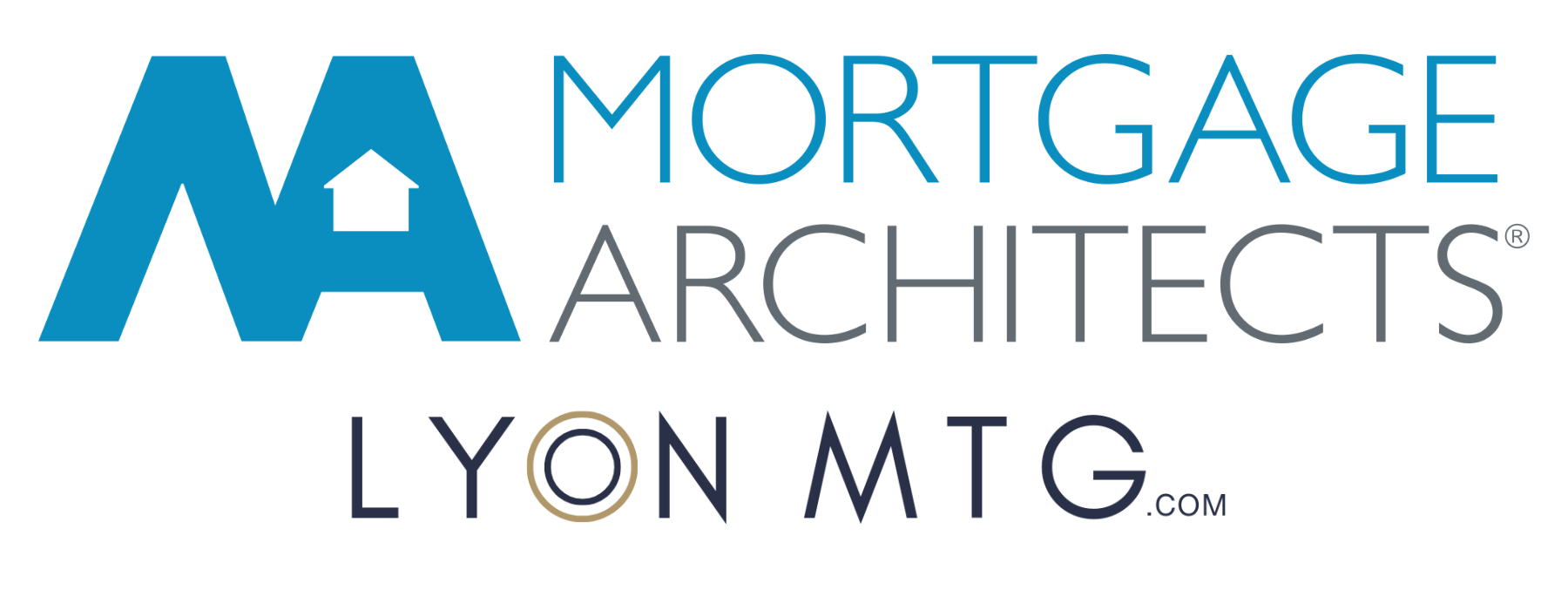Understanding Payment Frequency
One of the most common questions I get is: “Which mortgage payment frequency is best?” It’s a great question, and while the math can look complicated, the good news is there's not really a wrong answer. But understanding how each option works (and how much you'll actually save) can help you make the right choice for your situation. This post aims to help you come to that understanding.
What Are the Different Payment Frequencies?
Most lenders offer a few common options for how often you make your payments. The exact names can vary slightly, but these are the typical choices:
| Frequency | How It Works | Payments per Year |
|---|---|---|
| Monthly | One payment per month (usually on the 1st) | 12 |
| Semi-Monthly | Two payments per month (often the 1st and 15th) | 24 |
| Bi-Weekly | Every other week (usually every second Friday) | 26 |
| Weekly | Every week (usually Fridays) | 52 |
| Accelerated Bi-Weekly | Same as bi-weekly, but calculated as half of the monthly payment — effectively adds one extra month’s payment per year | 26 |
| Accelerated Weekly | Same as weekly, but calculated as one-quarter of the monthly payment — also adds one extra month’s payment per year | 52 |
How Mortgage Payments Work
Before we compare these options, it helps to understand how mortgage payments are calculated.
Mortgage payments are made in arrears, which is a fancy way of saying you pay at the end of the pay period, not the beginning. If you're making monthly payments, your April 1st payment covers the month of March. This is the opposite of rent, where you typically pay at the beginning of the month.
Your mortgage payment always pays the interest portion first. Using the example above, interest accumulates for all 31 days in March. When you make your April 1st payment, you first pay off all that accumulated interest, and then the rest goes toward paying down your principal balance.
This is why more frequent payments can save you money—there's less time for interest to accumulate before it gets paid off.
How Much Will More Frequent Payments Save You?
Here’s an example using the same mortgage across all payment options:
- Mortgage amount: $400,000
- Interest rate: 5.0% (compounded monthly)
- Amortization: 25 years
- Term: 5 years
| Frequency | Payment | Total Paid Per Year | Balance After 5 Years |
|---|---|---|---|
| Monthly | $2,338.36 | $28,060.32 | $354,320.82 |
| Semi-Monthly | $1,167.96 | $28,031.04 | $354,321.39 |
| Bi-Weekly | $1,078.04 | $28,029.04 | $354,320.02 |
| Weekly | $538.76 | $28,015.52 | $354,320.47 |
| Accelerated Bi-Weekly | $1,169.18 | $30,398.68 | $340,875.81 |
| Accelerated Weekly | $584.59 | $30,398.68 | $340,793.09 |
What Do These Numbers Tell Us?
For standard payment frequencies (non-accelerated), paying more frequently saves you around $30 to $45 per year. That works out to less than $4 per month—not exactly life-changing.
For accelerated payments, the savings are much more significant. These payments are calculated by dividing your monthly payment by 2 (for bi-weekly) or 4 (for weekly), which means you end up making the equivalent of one extra monthly payment each year. That extra amount goes directly toward reducing your principal.
Comparing bi-weekly to accelerated bi-weekly:
- You pay an additional $2,369.64 per year
- Over the 5-year term, that's $11,848.20 in extra payments
- Your balance will be $13,444.21 lower at the end of 5 years
- Net savings in interest: $1,596.01 over five years
Important Considerations
- Cash Flow Matters Most
- The best payment frequency is the one that aligns with your income schedule. If you're paid bi-weekly, bi-weekly payments might feel more natural. If you prefer to see one payment per month, monthly payments work just fine.
- Accelerated Payments Are Like Forced Savings
- If you can afford the slightly higher annual commitment, accelerated payments are an excellent way to build equity faster. But don't stretch yourself too thin—you need to maintain this payment for the life of your term.
- You Have Other Options Too
- Regardless of your payment frequency, most mortgages allow lump sum prepayments. This means you can make extra payments whenever you have extra cash, without committing to a higher regular payment schedule.
Quick Summary
- Standard payment frequencies (monthly, semi-monthly, bi-weekly, weekly) have minimal differences, typically less than $4 per month.
- Accelerated payments (accelerated bi-weekly or weekly) create meaningful savings by adding the equivalent of one extra monthly payment per year.
- Choose the frequency that matches your cash flow—there's no single "best" option for everyone.
- Lump sum prepayments are always available if you want flexibility to pay down your mortgage without changing your regular payment schedule.
- The difference between accelerated bi-weekly and accelerated weekly is negligible—pick whichever aligns better with your pay schedule.
Choosing the Right Option?
The best payment frequency is the one that fits your financial situation and makes it easy to stay on track with your payments. Whether you prefer the simplicity of monthly payments or want to use accelerated payments as a forced savings strategy, what matters most is choosing an option you can comfortably maintain.
Have questions about your mortgage payment options? I'm here to help you find the right fit for your situation.
Book a consultation or call 778-988-8409.
Glossary
- Accelerated Payments: A payment schedule where your regular payment is calculated by dividing the monthly payment by 2 (bi-weekly) or 4 (weekly), resulting in approximately one extra monthly payment per year that reduces your principal faster.
- Amortization: The total time it takes to pay off your mortgage in full (usually 25–30 years).
- Arrears: Payments made after the period they cover (mortgage payments are in arrears).
- Bi-Weekly: Every two weeks, resulting in 26 payments per year
- Principal: The amount you borrow, not including interest.
- Semi-Monthly: Twice per month, typically on the 1st and 15th, resulting in exactly 24 payments per year.
- Term: The length of time your current mortgage agreement and interest rate are locked in, typically 1-5 years. After your term ends, you renew your mortgage.





